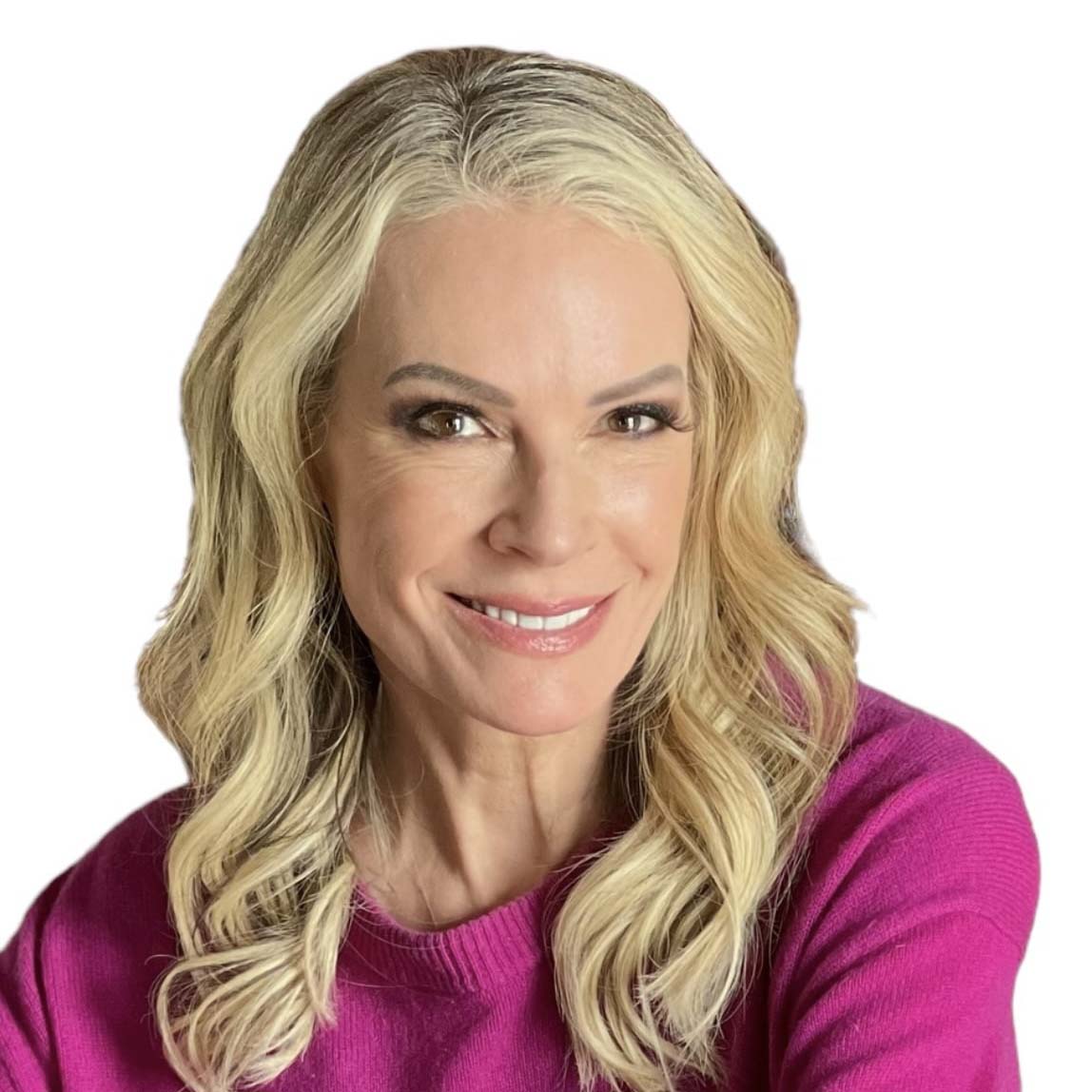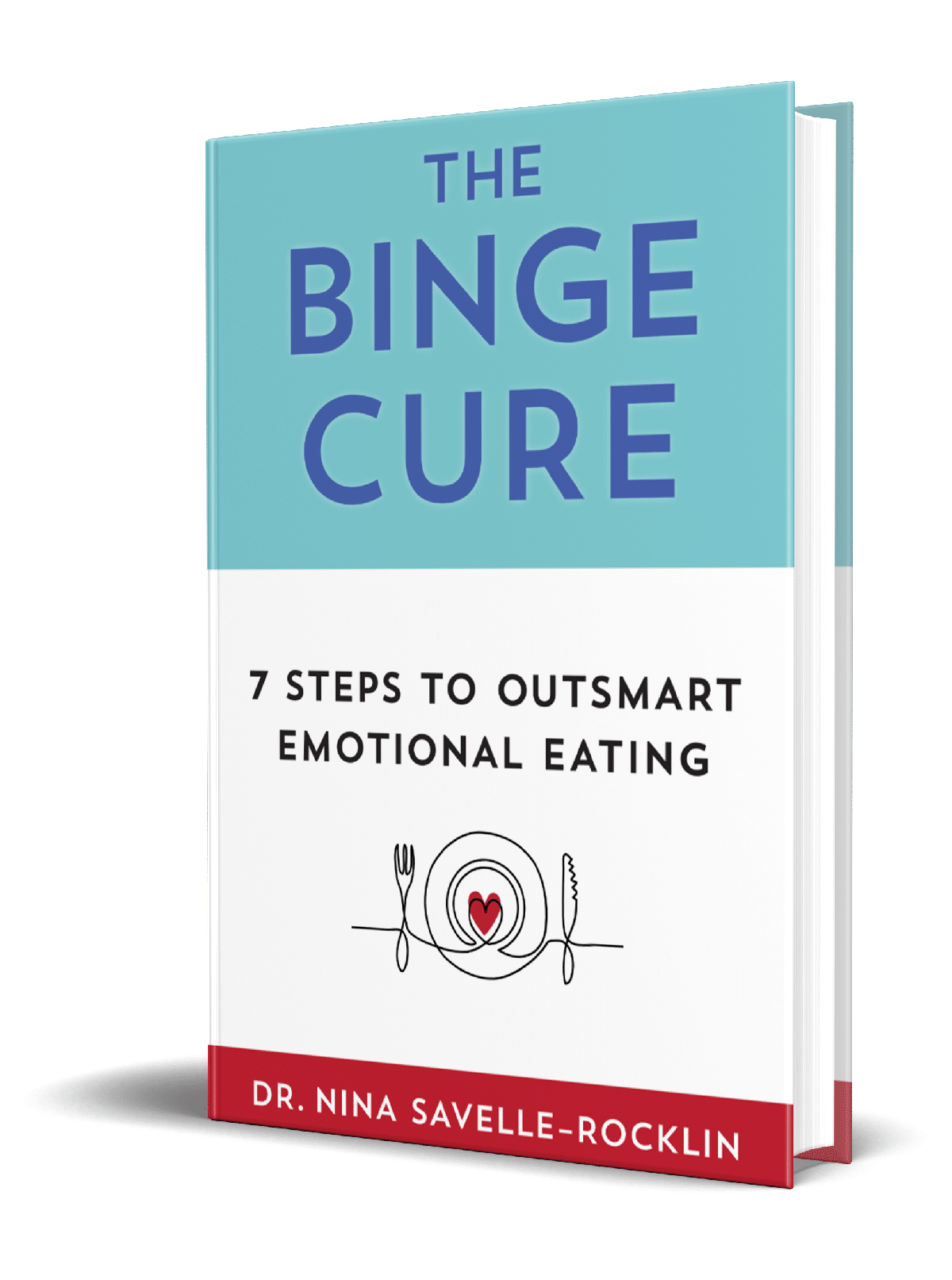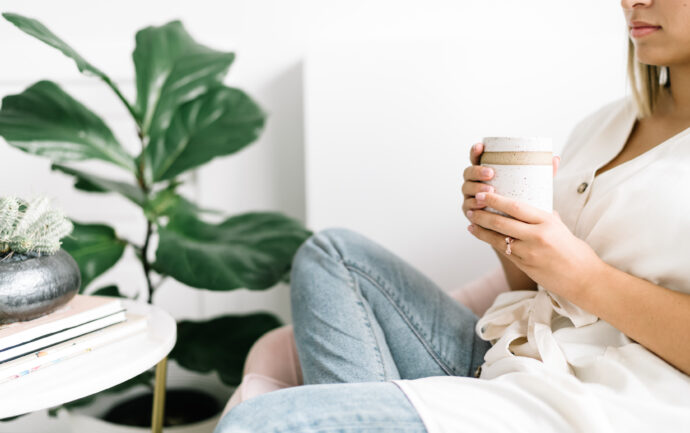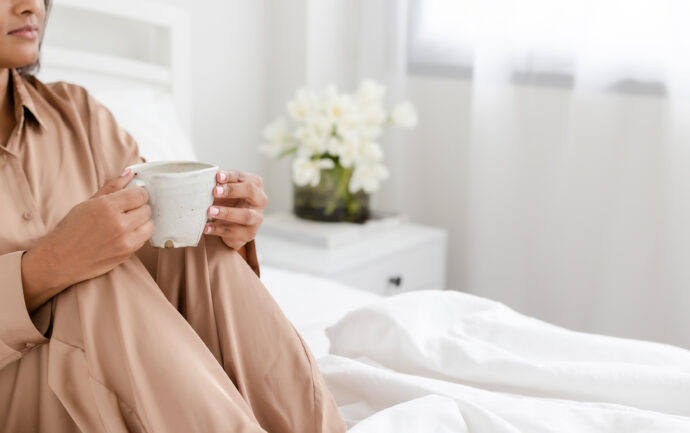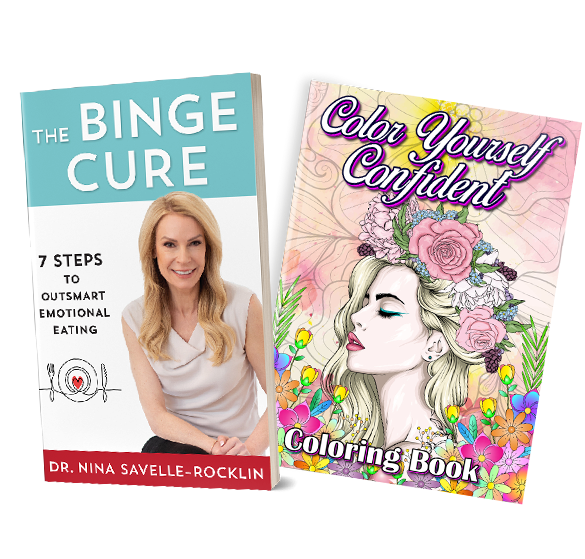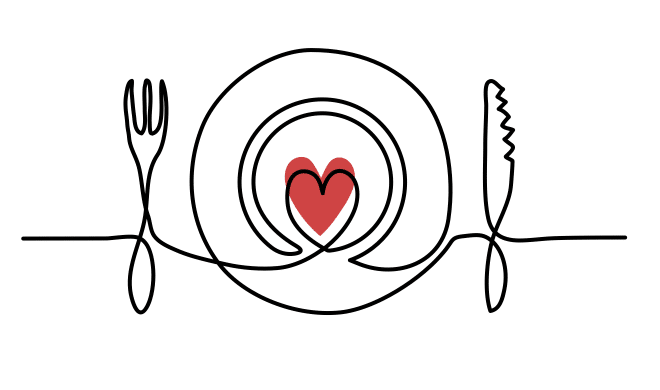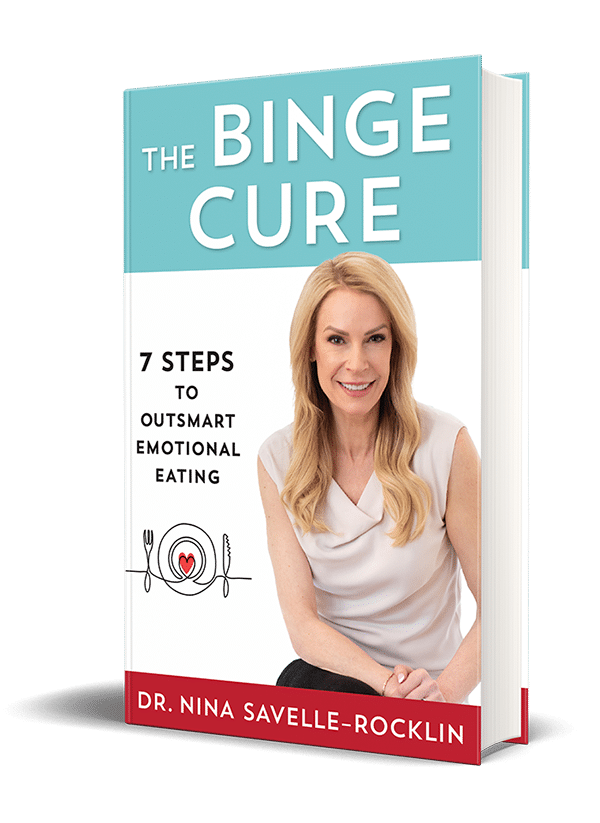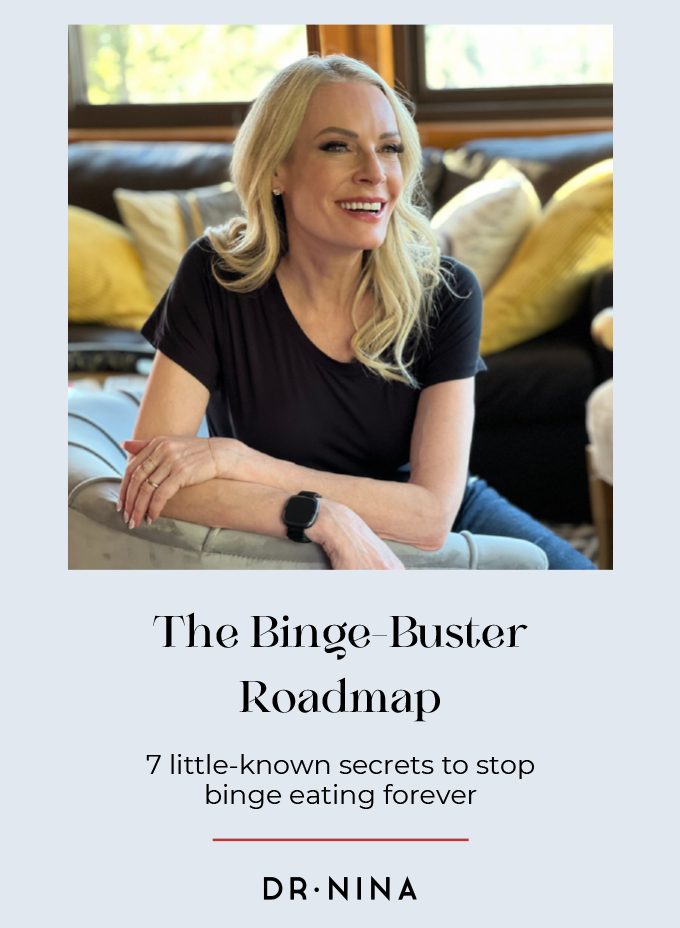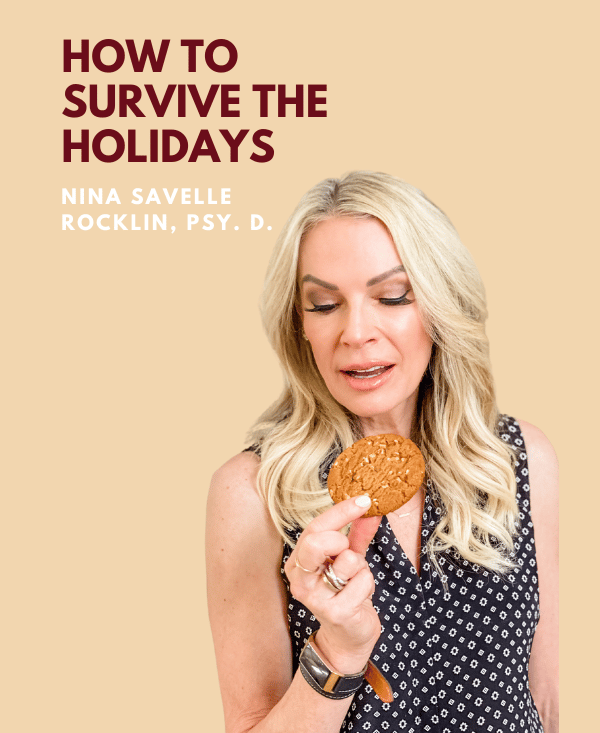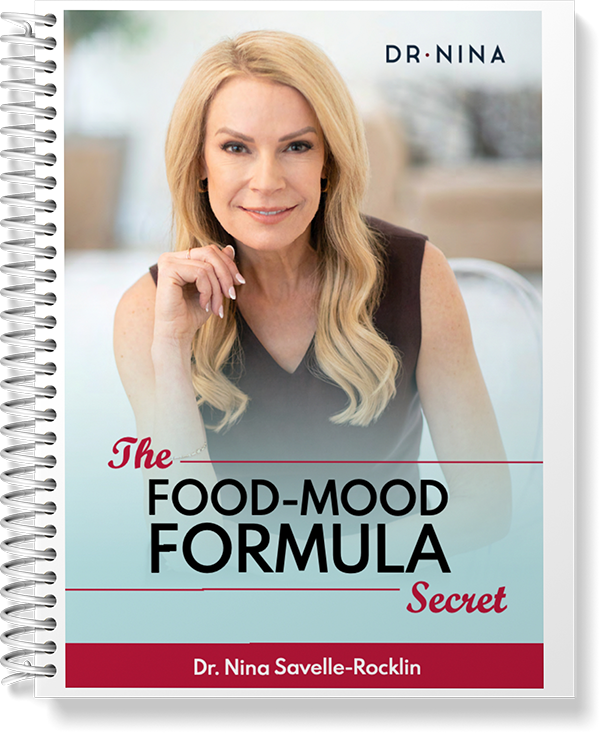Dr. Nina Savelle-Rocklin
10 Body Acceptance Techniques to Feel Significantly Better About Your Body

Table of Contents
- 1. Practice Body Neutrality
- 2. Try Gentle Mirror Work
- 3. Move Intuitively
- 4. Detox from Diet Culture
- 5. Curate Your Feed
- 6. Offer Yourself a Hug
- 7. Create a Body Image Time Capsule
- 8. Try Body Mapping
- 9. Write a Body Apology
- 10. Write a Love Letter to Your Body
- Final Thoughts
- Frequently Asked Questions
Do you ever feel like your body is never “good enough”? Even if you try body acceptance techniques, it may seem like no matter what you do, there’s always something to fix, shrink, or hide.
Our culture glorifies thinness and “fitspiration” as measures of worth. Social media is filled with unrealistic images and quick-fix promises. It’s no wonder so many people are at war with their bodies, punishing, restricting, or hiding them.
But you can stop fighting your body and start treating it like the ally it’s meant to be. These ten body acceptance techniques will help you create a more peaceful relationship with the body you have right now.
1. Practice Body Neutrality
You don’t have to love every inch of your body to stop hating it. The goal of body neutrality is to shift focus away from how your body looks and toward what it does for you.
If saying “I love my thighs” doesn’t feel real, try “My thighs are strong and carry me wherever I need to go.” That reframe helps you move from criticism to appreciation.
When you connect to what your body does, you stop measuring your worth by what it looks like. This is one of the most freeing body acceptance techniques because it moves you from perfectionism to peace.
2. Try Gentle Mirror Work
Standing in front of a mirror might feel uncomfortable, especially if you’ve spent years criticizing what you see. That’s why mirror work can be so powerful.
Start by simply looking without judgment. Then, find one thing you can appreciate about your physical appearance. Maybe it’s the color of your eyes, the strength of your arms, or the warmth of your smile.
Notice how your energy shifts when you focus on appreciation instead of attacking yourself. Over time, this practice retrains your mind to look for what’s right instead of what’s wrong.
This isn’t about false positivity. It’s about building a habit of respect.
3. Move Intuitively
Movement should feel good, not like a punishment. Intuitive movement means choosing activities because they feel good, not because they burn calories.
Maybe that’s walking, stretching, swimming, dancing, or doing yoga in your living room. Some days your body might crave rest, and that counts too.
When movement becomes an act of self-care instead of self-control, your body stops being the enemy and becomes your partner. Among all body acceptance techniques, this one can reconnect you with joy and vitality.
4. Detox from Diet Culture
Diet culture teaches us that our worth is measured by our weight. It tells us that thinness equals happiness and control equals success. None of that is true.
Detoxing from diet culture means noticing where those messages show up, whether in conversations, ads, or social media, and challenging them.
Ask yourself: Who profits when I feel bad about my body?
Spoiler alert: it’s not you. It’s the $60 billion diet industry
Replace toxic messages with compassionate ones. “I need to lose weight” becomes “I deserve to feel comfortable in my skin.” “I was so bad for eating that cake” becomes “I enjoyed something delicious.”
When you detox from diet culture, you reclaim your peace of mind.
5. Curate Your Feed
If your social media feed constantly makes you feel worse about your body, it’s time for a reset. Once you remove triggering accounts, fill your feed with diversity, authenticity, and empowerment. Follow creators who showcase different body types, ages, and backgrounds.
Representation matters. When you regularly see images of real bodies, not filtered, airbrushed ideals, your own reflection starts to feel more acceptable, and even beautiful.
Surround yourself with messages that remind you that worth has nothing to do with weight. A supportive social media environment reinforces every other body acceptance technique you practice.
6. Offer Yourself a Hug
If you’ve struggled with food or body image, you may feel disconnected from your body or even hostile toward it.
If that resonates, try this: wrap your arms around yourself. Feel the warmth of your own touch. Let it be a reminder that your body is not your enemy.
This simple gesture activates your body’s calming system, reduces anxiety, and strengthens your sense of safety. You don’t need anyone else’s permission to be gentle with yourself.
Your body deserves care, not criticism.
7. Create a Body Image Time Capsule
Think of how many times you’ve looked back at an old photo and thought, Why did I hate how I looked? I looked fine.
Write a short reflection about how you feel in your body today, including your worries, judgments, and hopes. Seal it in an envelope and revisit it in six months or a year.
You’ll likely realize how harshly you once judged yourself and how your perspective has evolved. Seeing your progress in writing helps you appreciate growth that often goes unnoticed.
8. Try Body Mapping
Body mapping helps shift focus from flaws to function. Draw an outline of your body and fill it with words, symbols, or colors that represent what each part helps you do.
Write resilient by your heart. Creative near your hands. Strong across your legs. Add memories, values, and achievements.
You’ll start to see your body as a story, not an object to critique, but as part of you that carries your experiences, your emotions, and your life.
9. Write a Body Apology
Many people live years criticizing their bodies without realizing the damage it causes. Writing a body apology allows you to repair that relationship.
Say sorry for ignoring hunger cues, for overexercising, for self-criticism. Then thank your body for carrying you through it all.
This exercise may bring up a lot of feelings, and that’s good because it means you’re healing. Among all the body acceptance techniques, this one facilitates compassion and a wish to be kinder to yourself.
10. Write a Love Letter to Your Body
Writing a love letter to your body helps rewire your inner dialogue. Address your body as if it’s a friend:
“Dear Body, thank you for breathing, for walking, for hugging the people I love. I know I haven’t always treated you kindly, but I see now how hard you work for me every day.”
Keep the letter nearby. On days you struggle, read it again. Let your own words remind you that you and your body are on the same side.
Final Thoughts
Healing body image isn’t about loving your reflection overnight. It’s about ending the war within. These body acceptance techniques aren’t quick fixes; they’re tools to help you build peace, presence, and self-respect.
You don’t have to earn the right to feel good in your body. You just have to stop fighting it.
Your body isn’t the problem. The problem is the belief that you need to be someone else to deserve acceptance.
Your body is not the problem. It’s your home, the place you live, love, and experience the world. You deserve to feel good in your body, exactly as you are, right now.
Frequently Asked Questions
What are body acceptance techniques?
Body acceptance techniques are practical strategies that help you feel at ease in your own skin. They shift focus from appearance to appreciation, promoting respect, self-care, and connection rather than criticism or control.
How is body neutrality different from body positivity?
Body neutrality doesn’t require you to love every part of your body. It’s about accepting your body as it is and focusing on what it allows you to do. Body positivity encourages self-love, but neutrality often feels more authentic and sustainable for those healing body image.
How can I begin practicing body acceptance if I’ve hated my body for years?
Start small. Try one or two techniques at a time, like mirror work or writing a body apology. Approach your body with curiosity instead of judgment. With consistent practice, compassion replaces criticism.
Can body acceptance techniques help reduce emotional eating?
Yes. When you stop viewing your body as the enemy, you become more attuned to its real needs, both physical and emotional. This reduces the urge to use food for comfort and supports a healthier, more balanced relationship with eating.
How long does it take to feel body acceptance?
Body acceptance isn’t a single moment, it’s a process. For some, changes happen in weeks; for others, it takes months or years. The goal isn’t perfection but progress. Give yourself to develop a kinder, more respectful relationship with your body over time
Sick of obsessing about every bite?
GET THE CURE
The Binge Cure Book!
Enter “CURE” to receive a 20% discount.
No, I don’t want access to this terrific resource to help me overcome binge eating.
The Author
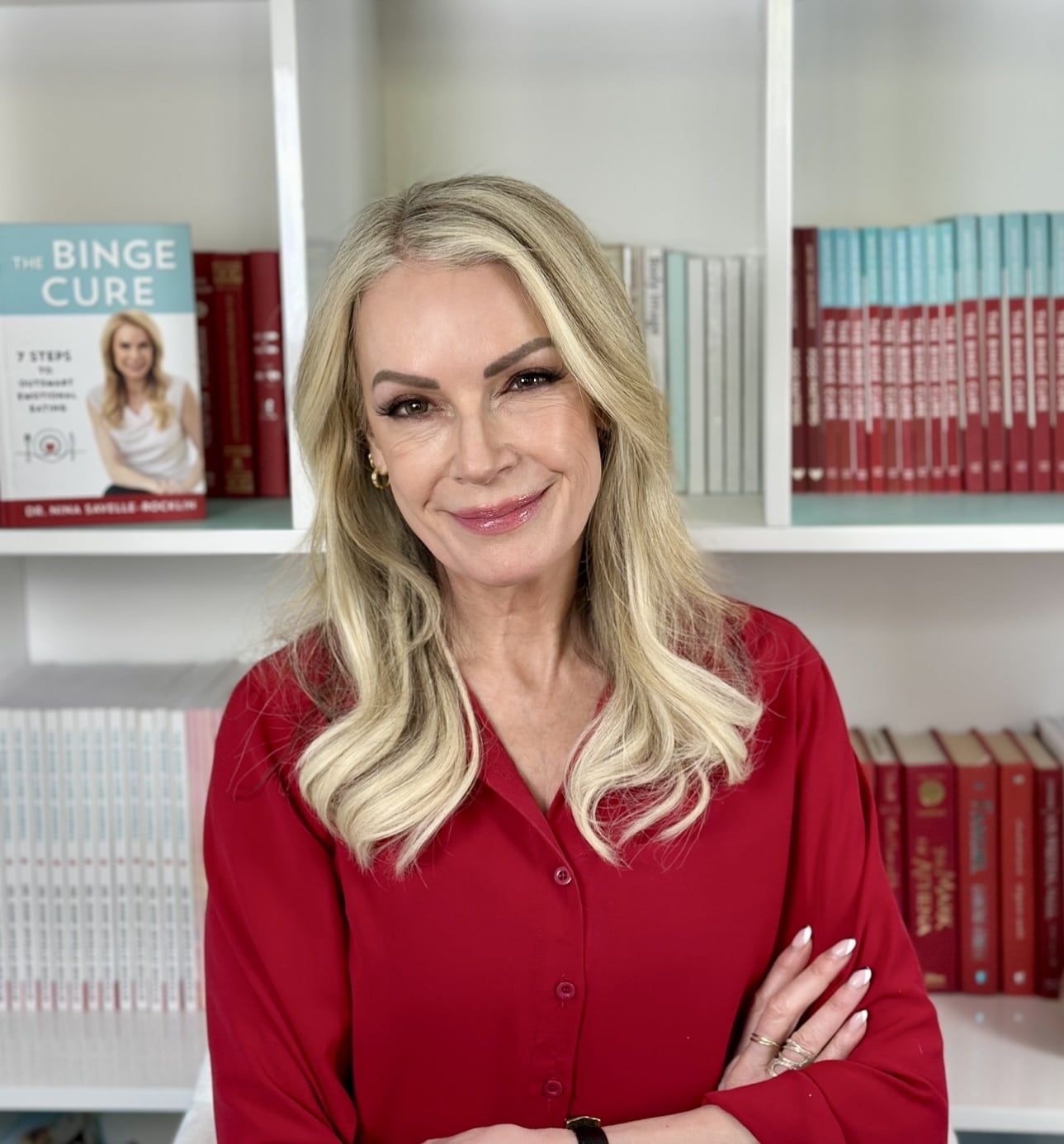
Dr. Nina Savelle-Rocklin is a renowned author and podcast host and one of the nation’s leading psychoanalysts known for the psychology of eating. Her signature message of, “It’s not what you’re eating, it’s what’s eating ‘at’ you” has resonated with hundreds of thousands of listeners from around the globe in 40 countries. As founder of The Binge Cure Method, she guides emotional eaters to create lasting food freedom so they can take back control of their lives and feel good in their bodies.
Related Blogs
